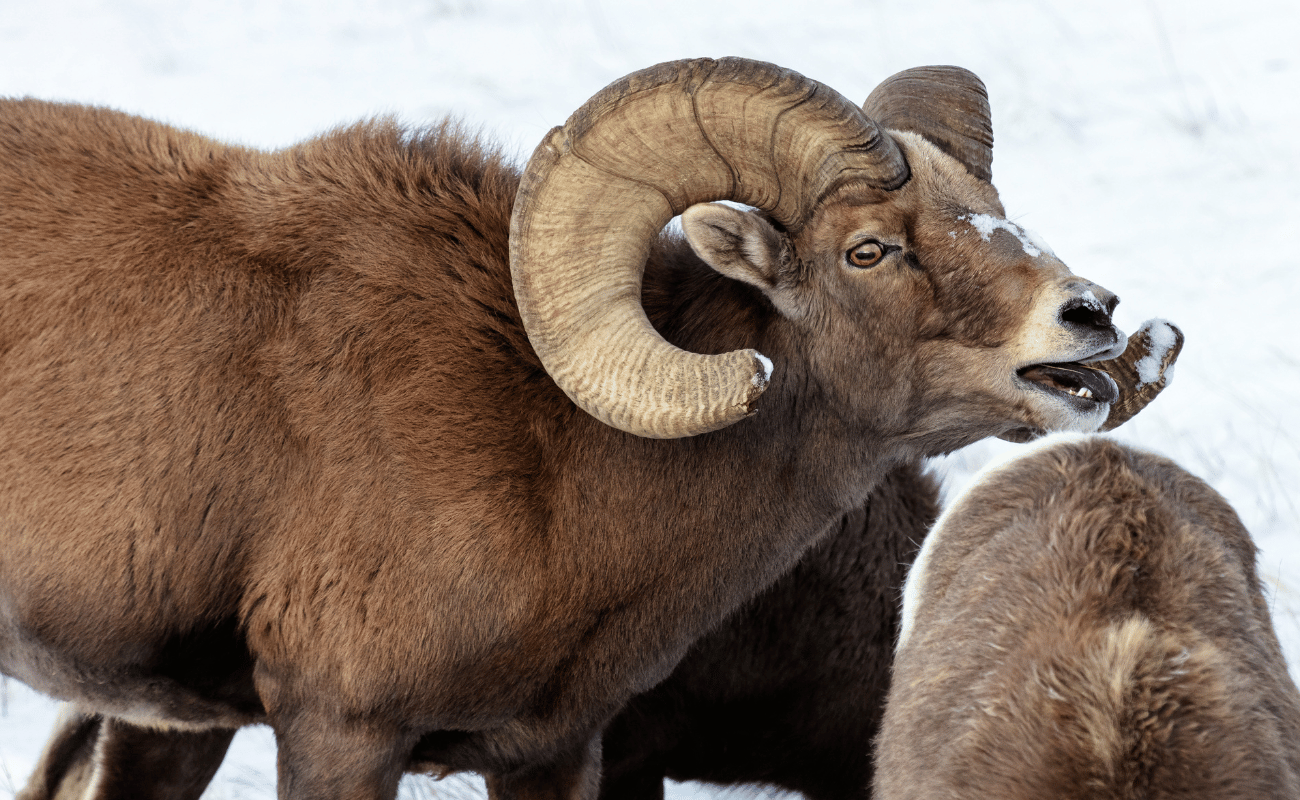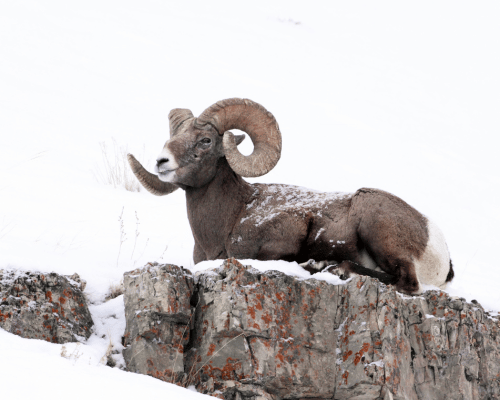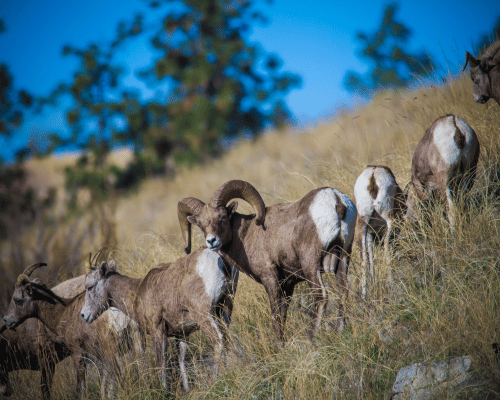What are Bighorn Sheep doing in Jackson, WY now?

Specifically, they will soon migrate within Grand Teton National Park. Their migration from the Jackson Hole Valley should begin in only a few weeks. The ones right around Jackson will move only a few miles north (15-20 miles) in late April and then return late next fall for the winter,
Bighorn sheep have horns as opposed to antlers. Horns remain on an animal’s body for life (bison, pronghorn and sheep). In contrast, antlers are grown and shed each year (moose, elk, whitetail and mule deer).



Understanding Bighorn Sheep Behavior in Jackson, WY
Unveiling the habits of Bighorn Sheep in Jackson, WY, sheds light on their unique behavior and migration patterns within the Grand Teton National Park:
Interestingly, both species have a penchant for salt. Although salt is not used for road maintenance here, these animals are sometimes seen in the middle of a road pawing at the ice/snow to release these tasty salt fragments from a road surface. In fact, I’ve seen mobile signs directing the public not to let these animals lick a vehicle…for safety and/or fear of disease transmission..
Moreover, here in the Greater Yellowstone Ecosystem, these animals are an integral part of the overall ecosystem and deserve special consideration and respect when seen in close proximity.
Come see these and other magnificent animals on a private tour
with Teton Wild.




